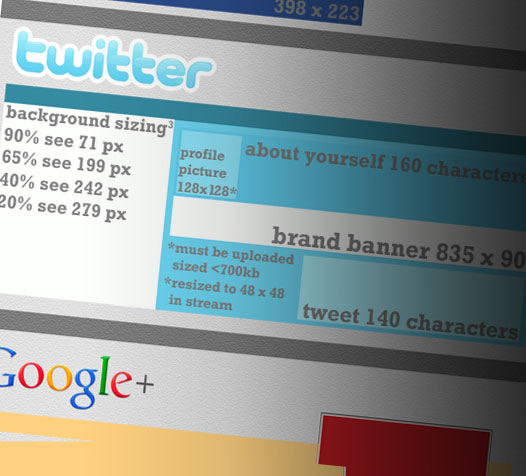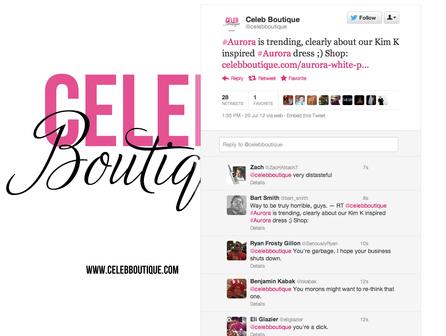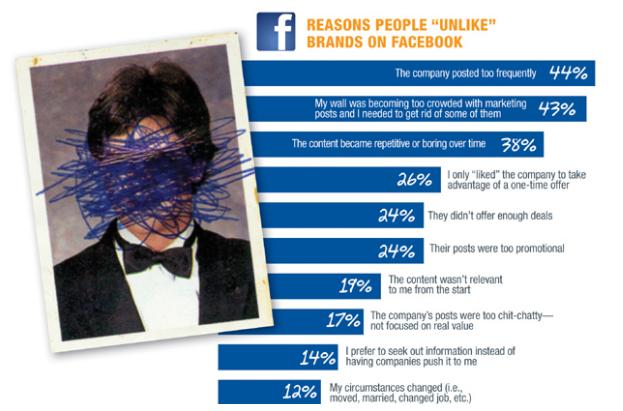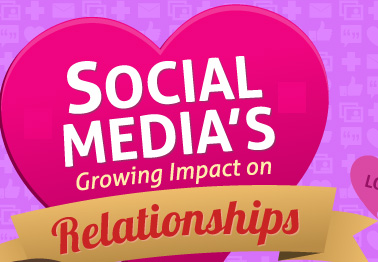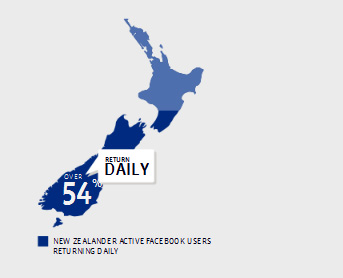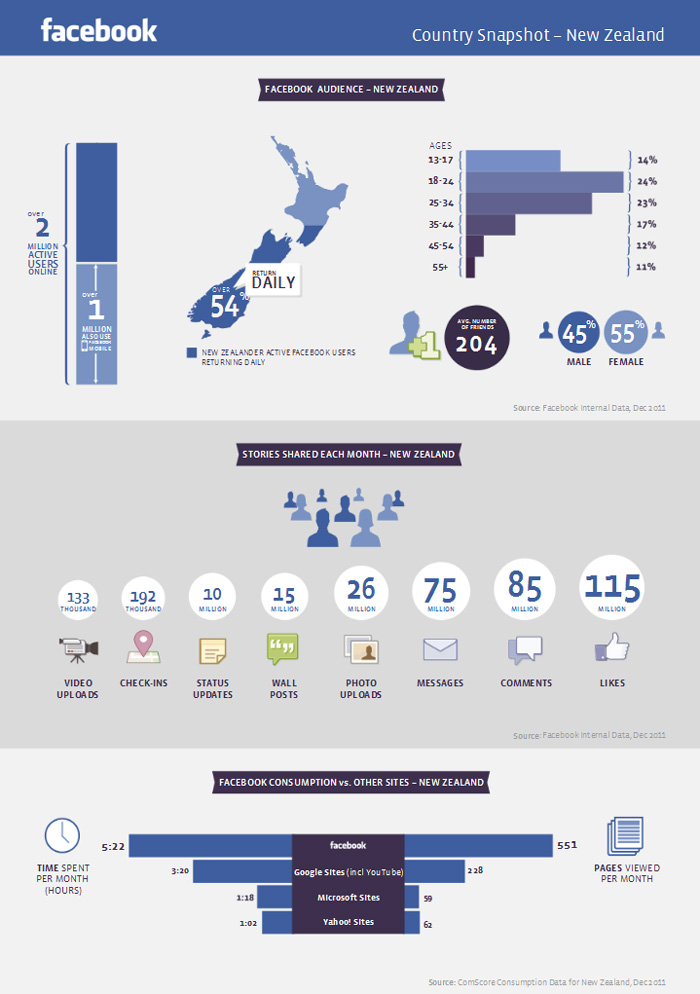Spam is 99% evil. That doesn’t mean that the person spamming is, though.
Sometimes a business person is just trying to get the word out about their brand or product, and in their enthusiasm, may cross the line into spam-land.
Today I asked the Twittersphere for examples of spammy behaviour, and the answers to “what is spam” were pretty varied.
Things widely agreed upon as dodgy:
- Posting your page’s link to another page’s wall without asking, especially if that page has very little to do with yours.
- Auto-DM upon follow.
- Using a trending hashtag unrelated to your business to sell your product or raise awareness of your business.
- Making a YouTube clip thumbnail/title look like it’s something it is not to sell your product, and using unrelated tags
- Tagging your blog using someone else’s name, or another established business as to affect SEO.
- Tag yourself/share/comment/like to win on Facebook (Facebook considers this spam and could delete your page).
Could be spammy – borderline practices:
- Posting a reasonable comment to another brand’s Facebook wall, but as your brand rather than as you.
- Using a trending hashtag to comment as your brand, rather than as you when it’s a personal opinion (this one is pretty widely debated).
- Using a trending hashtag to pimp your somewhat-related business.
- Posts that say “Share this if…” or “like this if…”
- RT to win competitions on Twitter.
- Linking one social media account to another and then never looking at it.
- Only ever talking about your business. “businesses spend too much time within social talking about themselves, they need to think about asking and listening,” tweets @AdamCrouchley.
- RTing all your Follow Fridays or compliments.
- “Event promoters tagging people in event flyers loaded as photos,” tweets @nikkitheknitter
- “When businesses tweet business stuff on weekends when our heads are not in business mode, although not spam it’s inappropriate,” tweets @chandalier.
So what can you do to get your business in front of people without being a dick?
- This is first, because it’s the most important. MAKE COMPELLING CONTENT. Make content your fans and followers want to share off their own back. Read your Facebook insights. Think like a fan. What is going to work for them?
- Give positive online experiences to build loyalty.
- Buy some targeted ads on Facebook. They are so quick and cheap – I booked some the other day for 7c CPM – that there’s no excuse.
- Promote a Facebook post to friends of fans. $20 can go a long way for a small business.
- Get your social accounts on your website so I can follow you with a click of a button.
- Ask to partner with brands that compliment yours, so you can add value to their Facebook community, and vice versa, in a kosher way.
So that’s a non-exhaustive list of a few things brands can do to get word-of-mouth happening without the spam factor.
We can all agree that spam is evil. It won’t do your business too many favours by annoying the very people you’re trying to convert. So double-check your post and ask yourself: Is this spam?


